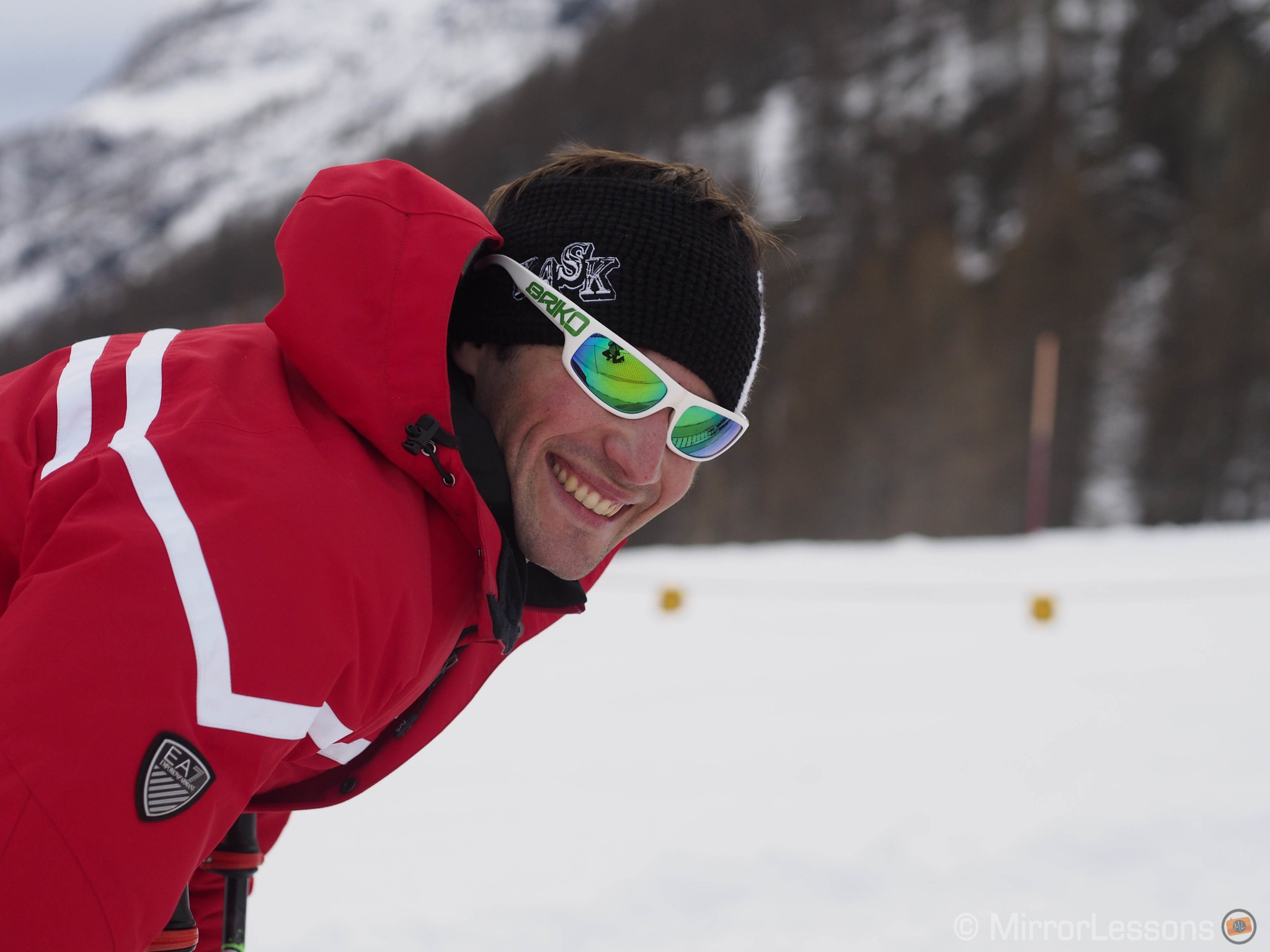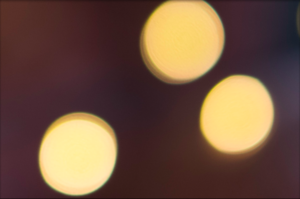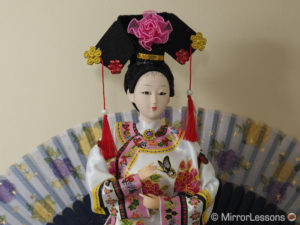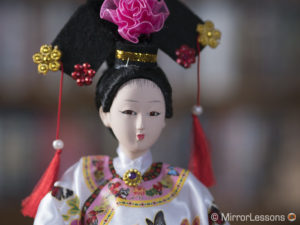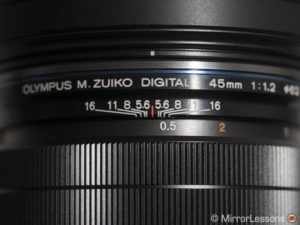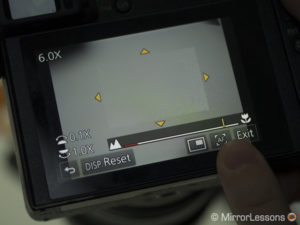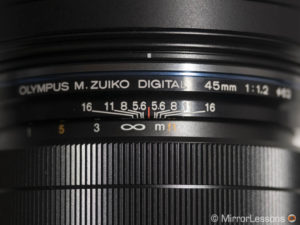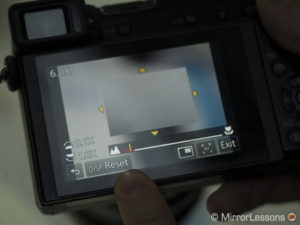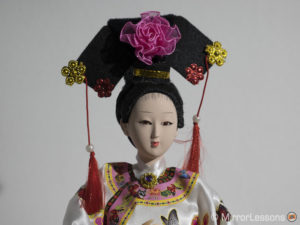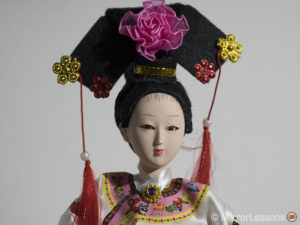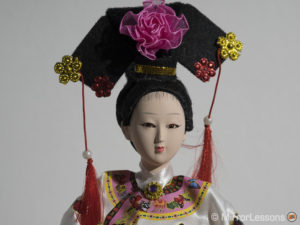Portraiture is a popular genre regardless of the camera system in question and 85mm/90mm lenses (35mm format) have always given photographers the perfect field of view with which to work. As of late 2017, there are a number of Micro Four Thirds lenses that fall into this category but today we are comparing the oldest offering with the newest addition to the system.
The M.Zuiko 45mm f/1.8 (90mm equivalent) was released in 2011 and for a long time, it was the best (and only) choice thanks to its good optical quality, very competitive price and small size. Then Panasonic upped the game a few years later by introducing the tiny and inexpensive 42.5mm f/1.7 and the “portrait king” Nocticron 42.5mm f/1.2. Now Olympus is striking back with the M.Zuiko 45mm f/1.2 Pro, the fifth lens in this category if we also include the manual focus Voigtlander 42.5mm f/0.95.
The obvious difference in price, size and design may already be enough to convince you one way or the other but we cannot help but ask ourselves: how big a difference is there between the latest optical wonder and the first portrait prime for the system released six years ago? Let’s find out!
Ethics statement: We purchased the 45mm f/1.8 for our own personal use, while the 45mm f/1.2 was loaned to us for review. We were not asked to write anything about these cameras, nor were we provided with any sort of compensation. Within the article, there are affiliate links. If you buy something after clicking the link, we will receive a small commission. To know more about our ethics, you can visit our full disclosure page. Thank you!
[toc heading_levels=”2″]
Main specifications
M.Zuiko 45mm f/1.2 PRO
- Focal length: 45mm (90mm in 35mm terms)
- Lens configuration: 14 elements in 10 groups
- Lens mechanism: Inner focus
- Angle of view: 27°
- Closest focusing distance: 50cm
- Maximum image magnification: 0.1x (Micro Four Thirds) / 0.2x (35mm format)
- Aperture blades: 9 circular aperture diaphragm
- Aperture range: 1.2 to 16
- Coating: Z Coating Nano technology
- Filter diamater: 62mm
- Weather sealing: Yes
- Optical stabilisation: No
- Dimensions: 84.9mm Ø, 70mm
- Weight: 410g
M.Zuiko 45mm f/1.8
- Focal length: 45mm (90mm in 35mm terms)
- Lens configuration: 9 elements in 8 groups
- Lens mechanism: Inner focus
- Angle of view: 27°
- Closest focusing distance: 50cm
- Maximum image magnification: 0.11x (Micro Four Thirds) / 0.22x (35mm format)
- Aperture blades: 7 circular aperture diaphragm
- Aperture range: 1.8 to 22
- Coating: ZERO (Zuiko Extra-low Reflection Optical) coating
- Filter diamater: 37mm
- Weather sealing: No
- Optical stabilisation: No
- Dimensions: 56mm Ø, 46mm
- Weight: 116g
Design and Ease of Use
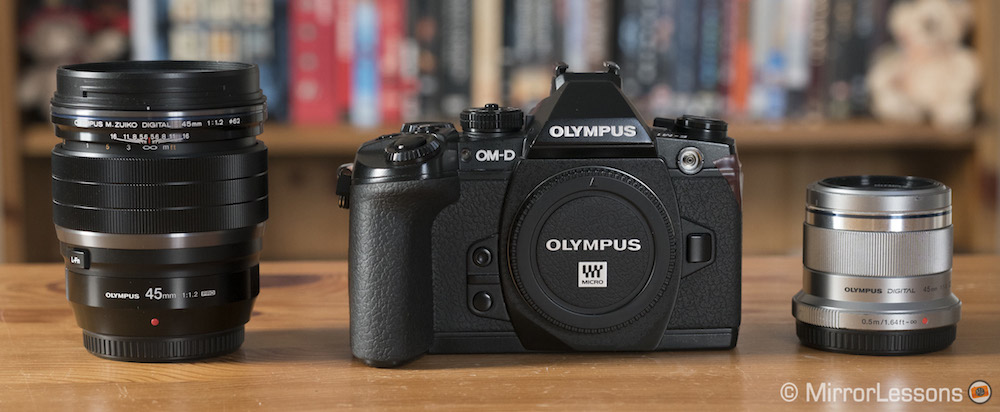
The first difference to take into account is the size and weight: the 45mm f/1.2 is twice the height of the 45mm f/1.8 and around four times as heavy, making it a better match for larger MFT cameras such as the OM-D E-M1 (pictured above) or E-M1 II. Much of this extra weight is due to its metallic weatherproof build and additional lens elements.
The 45mm f/1.8, on the other hand, is mostly made of plastic (with the exception of the lens mount) and is painted with a metallic sheen (available in black or silver). Having owned this lens for over four years, we’ve noticed that the paint tends to scratch off quite easily. It suits pretty much any MFT camera, big or small.
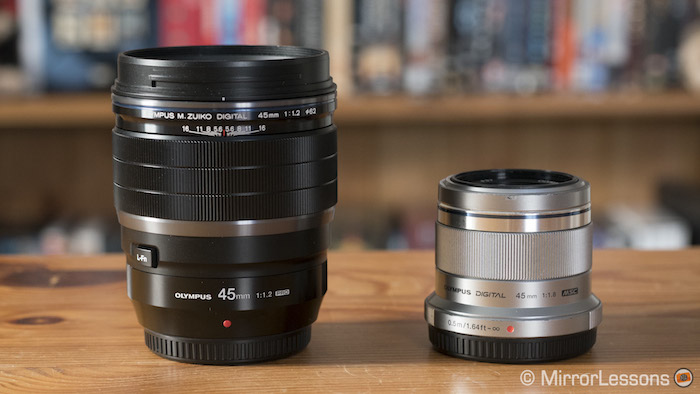
Another significant difference is that the 45mm f/1.2 is furnished with more physical controls. In addition to a sliding focus ring that lets you jump between AF and MF in a flash, it also comes with a customisable L-Fn button on the side to which various functions can be assigned. Pulling the focus ring of the 45mm f/1.2 back into MF mode reveals a distance/depth of field scale which is handy for zone focusing. By comparison, the only external control found on the barrel of the 45mm f/1.8 is a ribbed fly-by-wire focus ring.
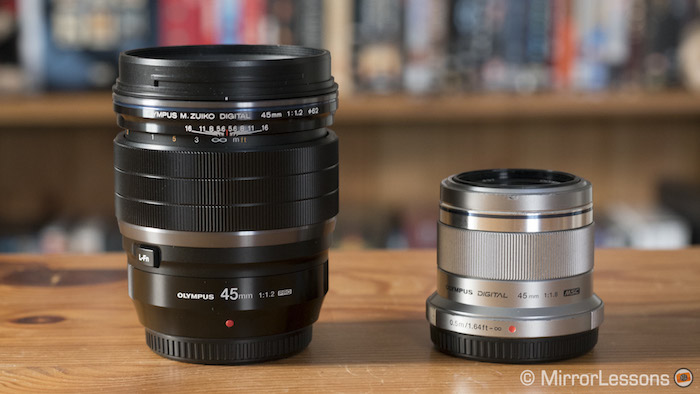
Both primes have a filter thread that enables the use of ND filters. The 45mm f/1.2, being the bigger of the two, has a larger filter diameter of 62mm while the 45mm f/1.8’s is a much more modest 37mm.

The minimum focus distance of the two lenses is identical (50cm) while the maximum magnification is just a little higher on the 1.8 lens (0.1x vs. 0.11x).
The 45mm f/1.2 comes bundled with the plastic LH‑66B lens hood whose design is cylindrical. It has an unlock button on one side and can be reversed over the lens barrel when not in use. The round LH‑40B lens hood, which was designed especially for the 45mm f/1.8, must be bought separately. (Alternatively you can save some money by choosing a cheaper third-party hood such as the one from JJC.)
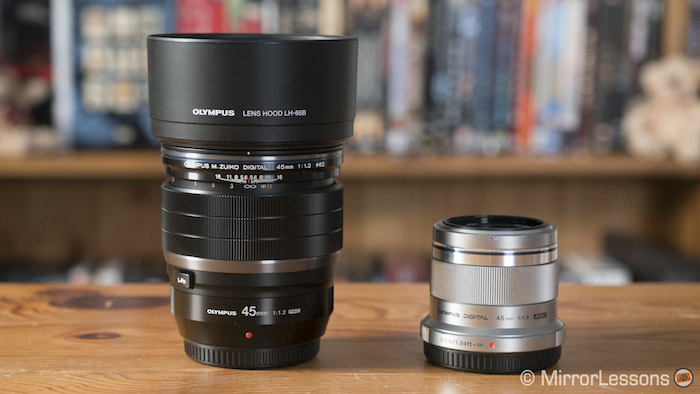
Both lenses come with a clip-on lens cap but the 45mm f/1.2’s, due to its centre-pinch design, is easier to attach and remove than the 45mm f/1.8’s, whose pinch mechanism is found on opposite sides of the rim.
Optical Quality
Even without looking at any side by side images, we already know that the internal design of the 45mm PRO is more complex, with 14 elements in 10 groups and 6 special elements. The 45mm, on the other hand, has just 9 elements in 8 groups with 2 special elements. Furthermore, the PRO lens has a 9 blade aperture in comparison to the 7 blades of the f/1.8 lens.
Sharpness
Both lenses perform admirably in terms of sharpness but there is no question that the 45mm PRO has a clear edge over the 45mm, particularly at the fastest apertures. This comes as no surprise given that the 45mm 1.2 belongs to the M.Zuiko PRO category of lenses and is four times as expensive as the 45mm 1.8 at the time of writing.
In this first series taken at a close focus distance, it is interesting to note that the 45mm PRO, at both f/1.2 and f/1.8, is sharper than the 45mm 1.8 at f/1.8. The PRO lens does an excellent job of highlighting all the little details in Mathieu’s eyes even at f/1.2, while the results from the 45mm 1.8 are noticeably less defined.
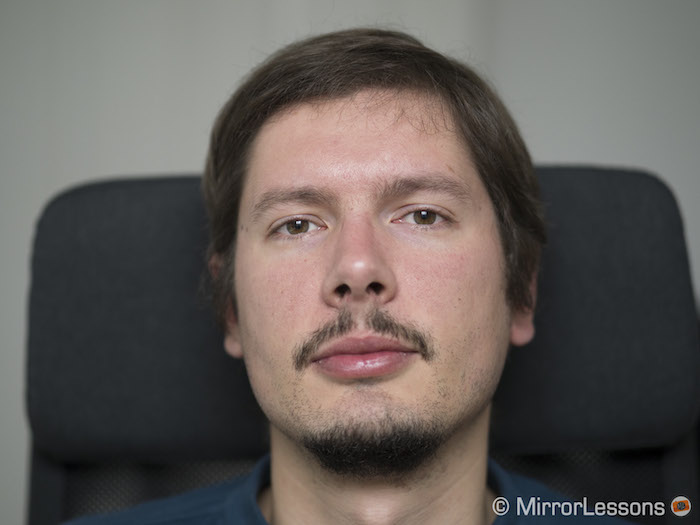
The PRO lens continues to outperform the 45mm 1.8 at f/2 but by f/2.8 and f/4, the results are almost indistinguishable.
In addition to portraits, these two 45mm primes can also be used for genres such as landscapes, which is why it is also important to check sharpness at a long focus distance and at the slower aperture values.
Once again, the PRO lens is a little sharper when both lenses are set to their respective maximum apertures, and noticeably sharper when both are set to f/1.8 and f/2.
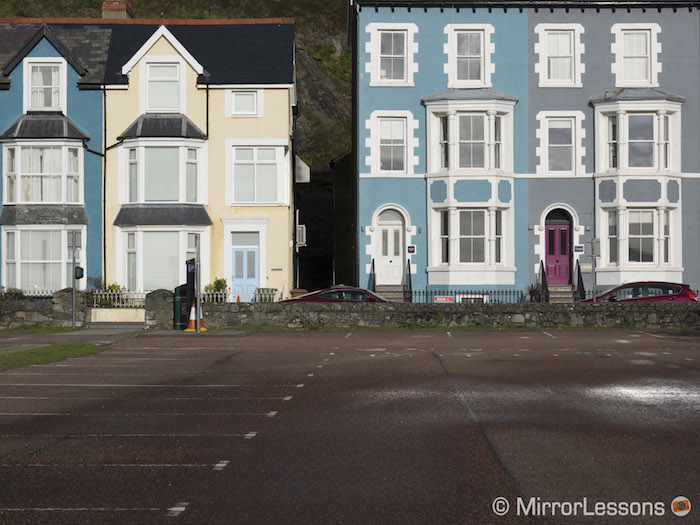
At f/2.8 and beyond, the results are almost identical. In the case of the f/1.8 lens, peak performance is found between f/2.8 and f/5.6 whereas the f/1.2 lens peaks between f/1.8 and f/4.
Both lenses naturally lose some sharpness in the corners but the PRO lens appears to perform better at the fastest apertures (between f/1.2 and f/2.8). At the slower apertures, they are quite similar.
Bokeh
Since the 45mm PRO’s maximum aperture is one stop faster than the 45mm’s (1.2 vs 1.8), you can achieve a more shallow depth of field when both are set to the same focus distance.
Olympus also states that the 45mm PRO produces a “feathered bokeh” which adds more depth and softness to the out-of-focus areas. Admittedly I didn’t notice a significant difference between the bokeh of the two lenses when both were set to f/1.8 but the PRO lens produces significantly smoother transitions at f/1.2.



The specular highlights of the PRO lens at f/1.2, in addition to being larger, take on a distinctive “cat’s eye” shape, especially at the edges of the frame. When both lenses are set to f/1.8, the fastest aperture they share, the differences are less evident.
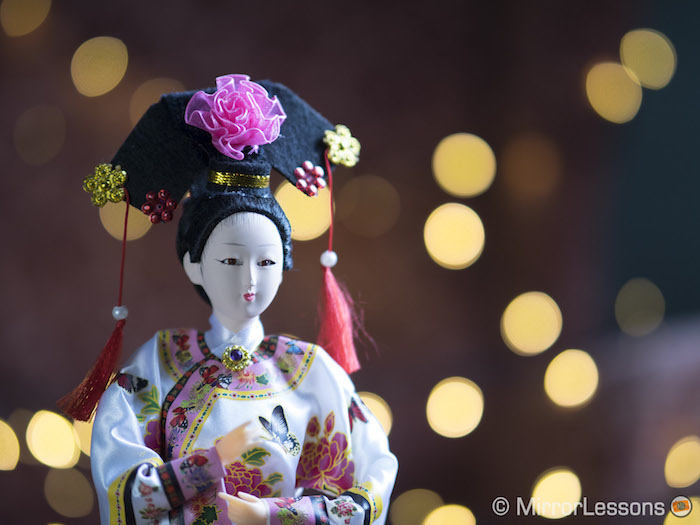
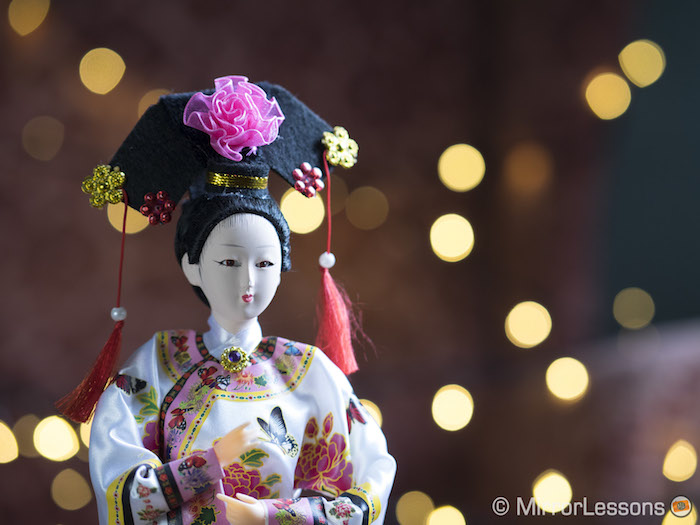
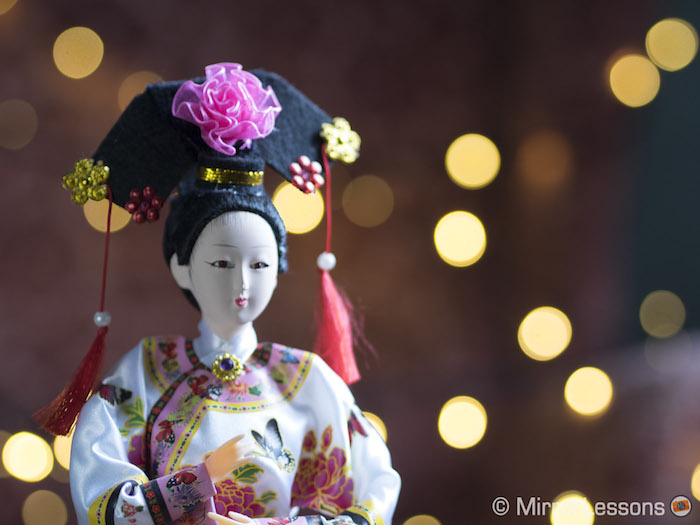
Overall, the specular highlights are similar: both are round at the centre but start to lose their shape as you move towards the edge of the frame, especially in the case of the PRO lens. Those of the 45mm f/1.8 do display a heavier border around the edges but it isn’t invasive.
Between f/2 and f/2.8, the specular highlights become rounder and smaller, and in the case of the PRO lens, assume the same shape of the 9-blade diaphragm.
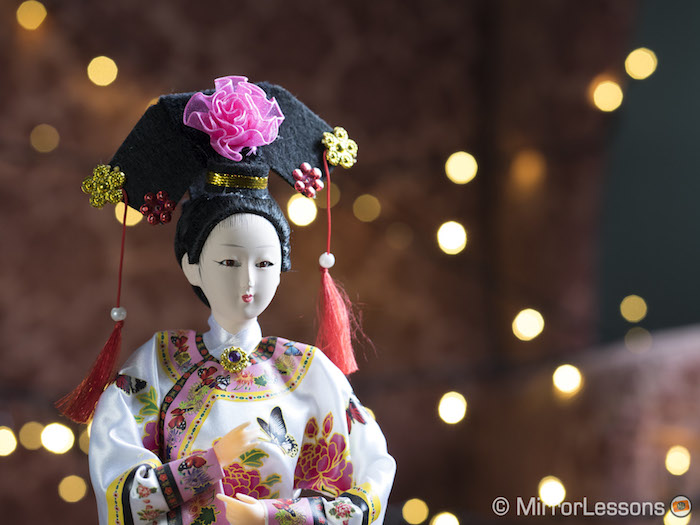
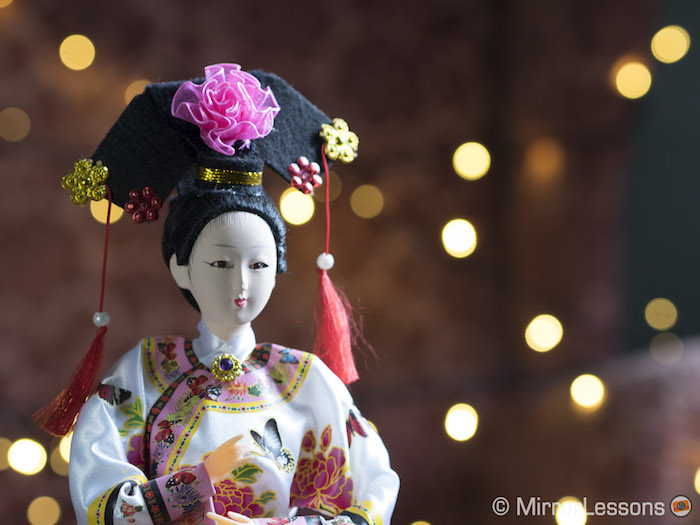
Flare
Both lenses are vulnerable to flare and ghosting even though they feature a lens coating (Z Coating on the PRO lens and ZERO on the 45mm 1.8). It usually takes the form of a series of polygonal shapes or veiling flare, and occurs if you shoot directly into the sun.
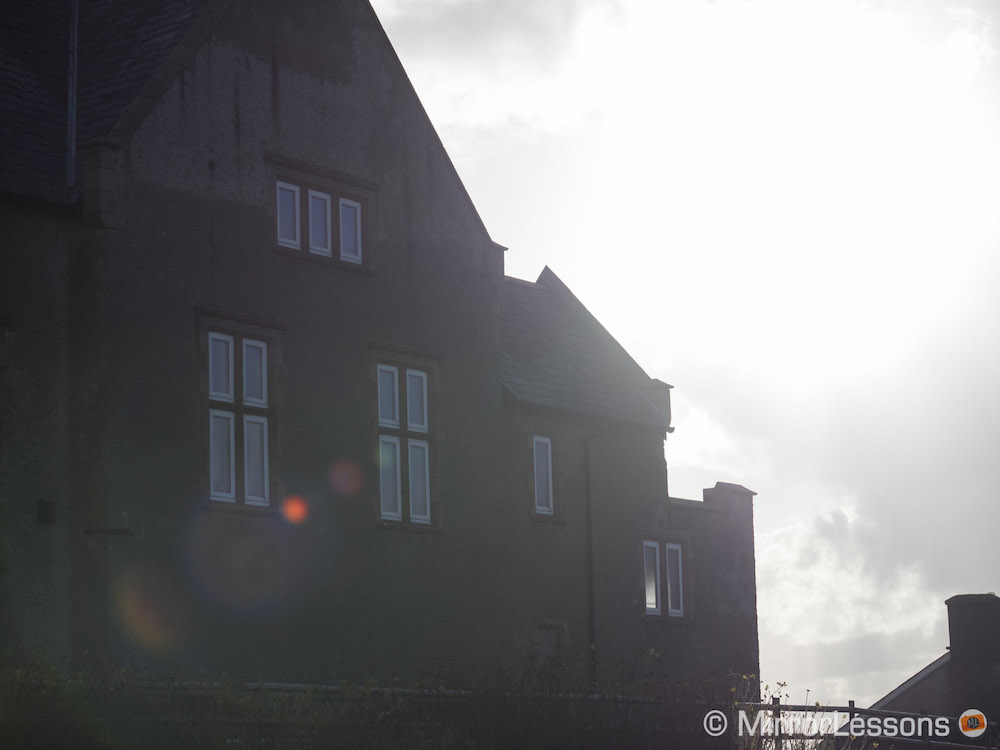
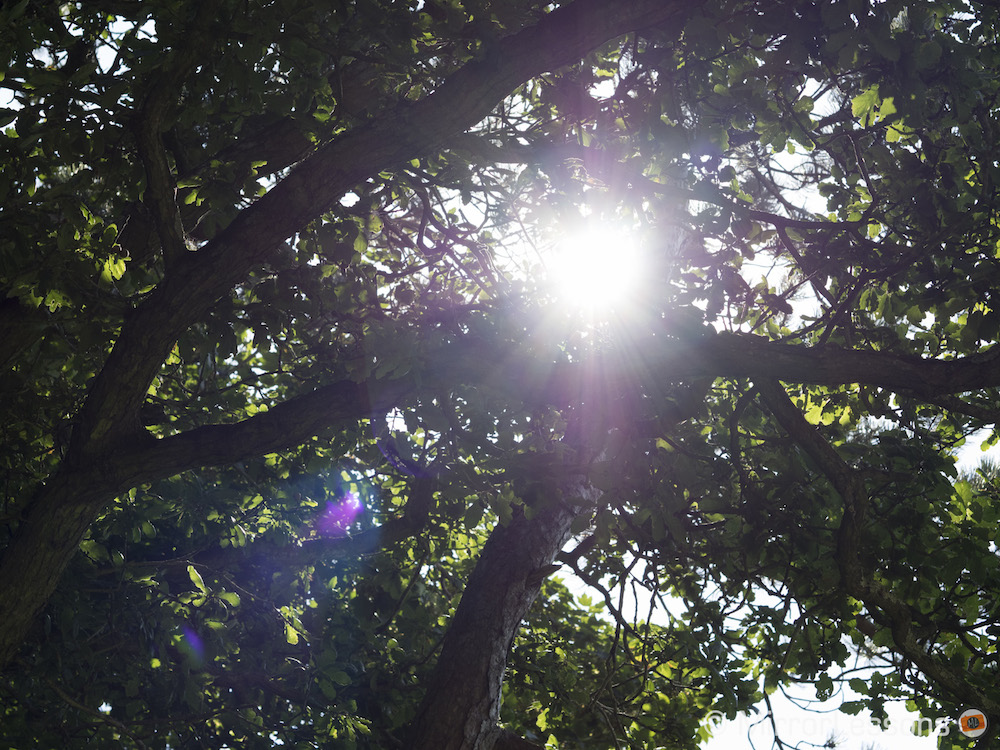
Chromatic Aberration, Vignetting and Distortion
Some mild chromatic aberration is present in images taken with both lenses up to around f/2.8 on the 45mm PRO and f/4 on the 45mm f/1.8 but it can be easily removed in post production.
Corner shading (vignetting) is minimal at the fastest apertures, and distortion is very well-controlled thanks to the auto-correction performed on the RAW files by Micro Four Thirds cameras.
Colours
When set to the same Kelvin value, the PRO lens produces a slightly cooler tint than the 45mm 1.8. You can see the differences by observing the OOC JPGs below. If you don’t like the tint of your image, you can of course adjust the white balance of the RAW files in post production.
Field of View and Minimum Focus Distance
On paper, the two lenses share the same focal length of 45mm (90mm in 35mm format). However, while testing them side by side, we noticed that the 45mm 1.8 produces a slightly narrower field of view in comparison to the PRO lens. This is due to focus breathing being more severe on the 45mm f/1.8.
The two 45mm lenses share the same minimum focus distance of 50cm but on paper the 1.8 lens is meant to offer a little more magnification (0.11x versus 0.1x). In real world conditions however, the PRO lens seems to magnify ever so slightly more than the 1.8 lens. As you can see from the examples below, the difference is barely perceivable.
Subject separation for portraits
The 85-90mm focal range is a classic for portrait work because it can be used for head shots, upper-body shots and even full-body shots.
To see how well the two primes separate the subject from the background, I performed a few quick tests with Mathieu on the Barmouth bridge. The first set features a full-body shot and the second, an upper-body shot. As you can see, the 45mm 1.2 is more capable of subject separation thanks to its 1.2 aperture and produces a slightly creamier out-of-focus area compared to its sibling at f/1.8.
Full-body shot


Upper-body shot


Autofocus and Manual Focus Performance
During our testing period, we used the two 45mm lenses on the Olympus OM-D E-M1. We found that both lenses focused quickly and quietly in S-AF and C-AF and I’m sure both would focus even faster on the more recent E-M1 II body. The performance of both lenses deteriorates somewhat in poor light conditions or in situations that lack contrast but this is mostly due to the limitations of the camera’s AF system rather than the speed of the AF motor.
It’s also worth noting that the performance of the two lenses can decrease on Lumix cameras because Panasonic’s DFD AF technology is not compatible with Olympus lenses.
While focusing for stills and video, the lens mechanisms of both lenses are so quiet that you have to hold your ear up to the lens to hear the faint whirring of the motor.
The 45mm f/1.8 uses a pure fly-by-wire focusing mechanism, whereas the PRO lens almost behaves like a manual focus lens when its focus ring is pulled back into MF mode due to the traditional hard stops at each end of the focusing range. Between the two, I prefer the ring of the PRO lens as it is easier to turn due to its extra surface area.
Once curious thing to note about the PRO lens is the lack of precision concerning the focus distance when pulled back into MF mode. In this position, the ring goes slightly further than the minimum/infinity markings shown on the barrel, but what actually happens is that the lens focuses just short of the real minimum focus or infinity focus distance. In order to travel through the entire focus range, you must slide the ring back into AF mode and switch to MF within the camera menu instead. This discrepancy is found with other M.Zuiko lenses with the same ring characteristics and happens on both Olympus and Panasonic bodies.
Low Light Performance
A topic that cannot be forgotten is low-light performance. Since they both have a fast maximum aperture, they are incredibly useful for work in venues with poor lighting such as a church, wedding reception, concert hall or auditorium.
While photographing the Cor Meibion Bro Dysynni‘s 50th Anniversary Party, for example, I used the 45mm PRO at f/1.2 for most of the evening, which allowed me to maintain a shutter speed of 1/100 to reduce motion blur and set the Auto ISO to a maximum of 1600. The optimal sharpness wide open makes it the perfect choice for an entire evening of shooting at f/1.2 and the extra stop also helps you isolate your subject better when shooting at a longer distance.



Though the 45mm f/1.8 is one stop darker, you can still work quite comfortably as long as you are willing to use higher ISOs or slower shutter speeds. Still, I wouldn’t hesitate in saying that the PRO lens is the more practical solution if you’re after the best optical performance.
Conclusion
If budget isn’t an issue, there are many valid reasons to choose the new M.Zuiko 45mm f/1.2 PRO over the 45mm f/1.8.
First and foremost is the optical quality, particularly at the fastest apertures. Not only is the PRO much sharper when both are set to f/1.8 but it also outperforms the cheaper lens at f/1.2 – not to mention that you can achieve better subject separation.
Also related to the f/1.2 aperture is the fact that you can work in very low light conditions without worrying about excessively high ISO values or low shutter speeds. This isn’t to say that f/1.8 is unacceptable for low light work but f/1.2 certainly does provide some added latitude in these situations.
The final point in its favour is the weather-sealing, which can come in handy if you frequently work outdoors and already use a professional weatherproof body such as the OM-D E-M1 II. The manual focus ring is also more pleasant to use.
Of course, the 45mm f/1.8 isn’t without its merits. Because it is so small and light, it is much easier to transport and can suit any Micro Four Thirds body in the range. It is also four times cheaper than the PRO lens, so unless you regularly shoot portraits and require the best quality Olympus has to offer, it (or its sibling within the Panasonic Lumix range) may prove a more tempting proposition.
Choose the M.Zuiko 45mm f/1.2 PRO if you:
- frequently shoot portraits or are a professional portrait photographer
- want the best optical quality possible
- want the creamiest out-of-focus rendering possible
- frequently work in low-light conditions
- often shoot in unpredictable weather conditions
Choose the M.Zuiko 45mm f/1.8 if you:
- are on a tight budget
- want a portrait lens that is very light and portable
- use a small MFT body
- don’t shoot portraits on a regular basis but want something better than the kit lens that comes with your camera
Check price of Olympus M.Zuiko 45mm f/1.2 PRO on
Amazon | Amazon UK | B&H Photo
Check price of Olympus M.Zuiko 45mm f/1.8 on
Amazon | Amazon UK | eBay | B&H Photo
Used Olympus lenses on
You may also enjoy:
- The best micro four thirds portrait lenses
- Olympus M.Zuiko 17mm f/1.2 PRO vs 17mm f/1.8
- Panasonic Leica 25mm f/1.4 vs Lumix 25mm f/1.7
- Olympus 45mm vs. Panasonic 42.5mm vs. Nocticron 42.5mm vs. Voigtlander 42.5mm
- Olympus M.Zuiko 30mm f/3.5 vs. 60mm f/2.8 macro
Sample images
M.Zuiko 45mm f/1.2 PRO










M.Zuiko 45mm f/1.8

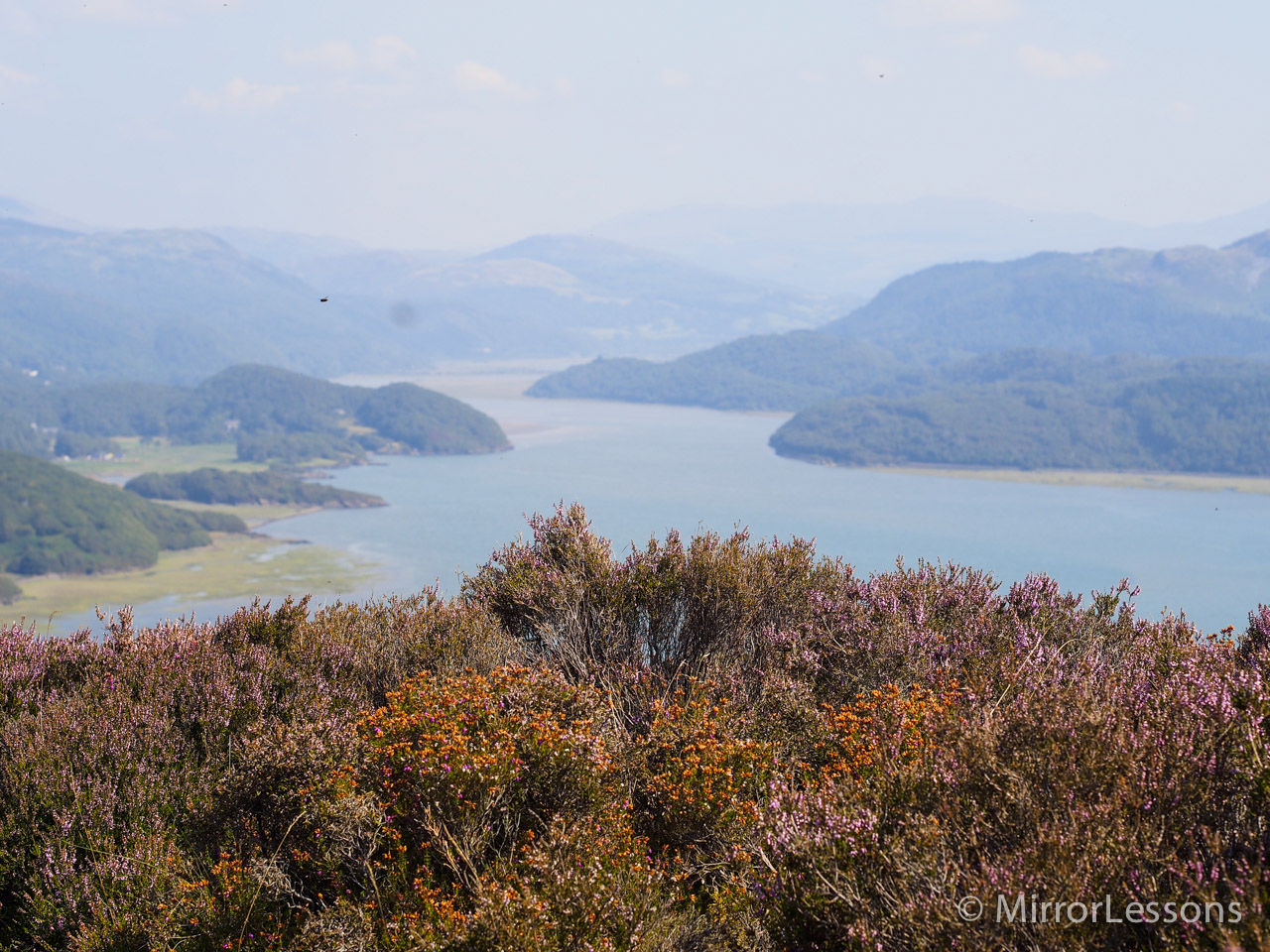
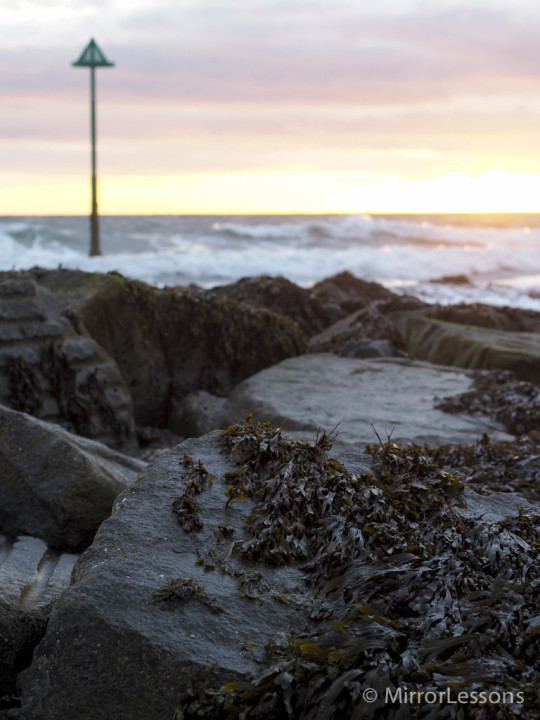
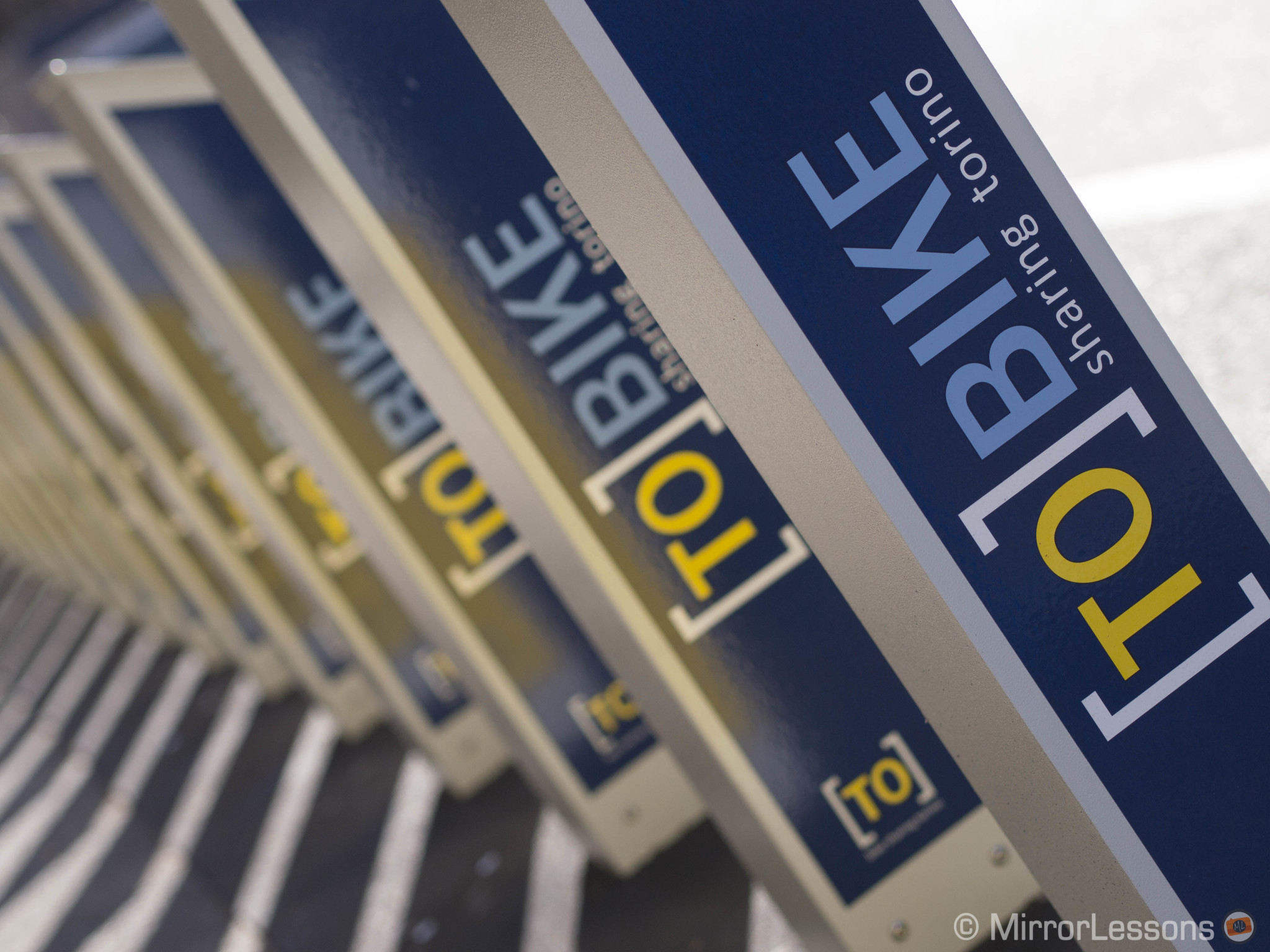
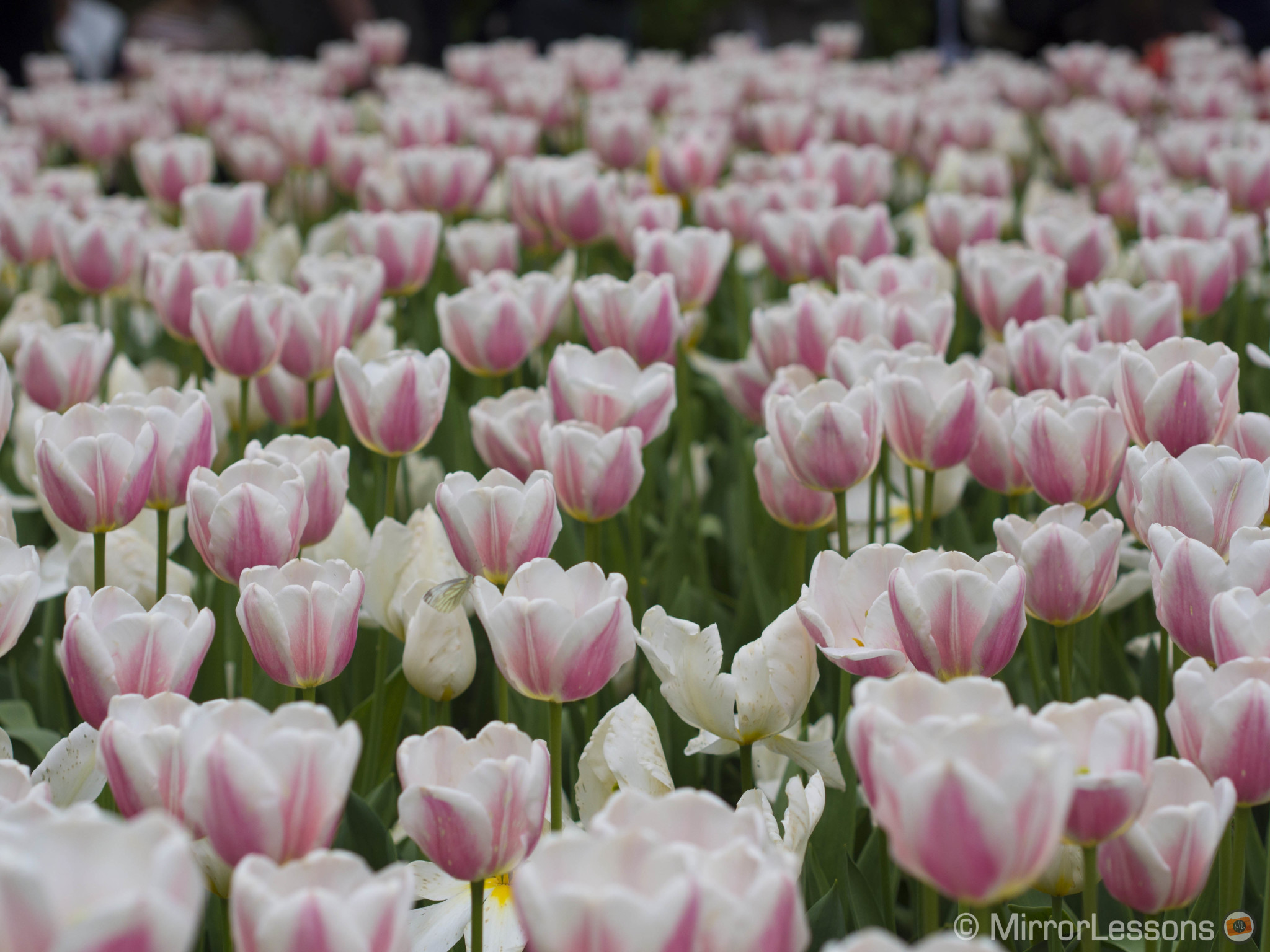
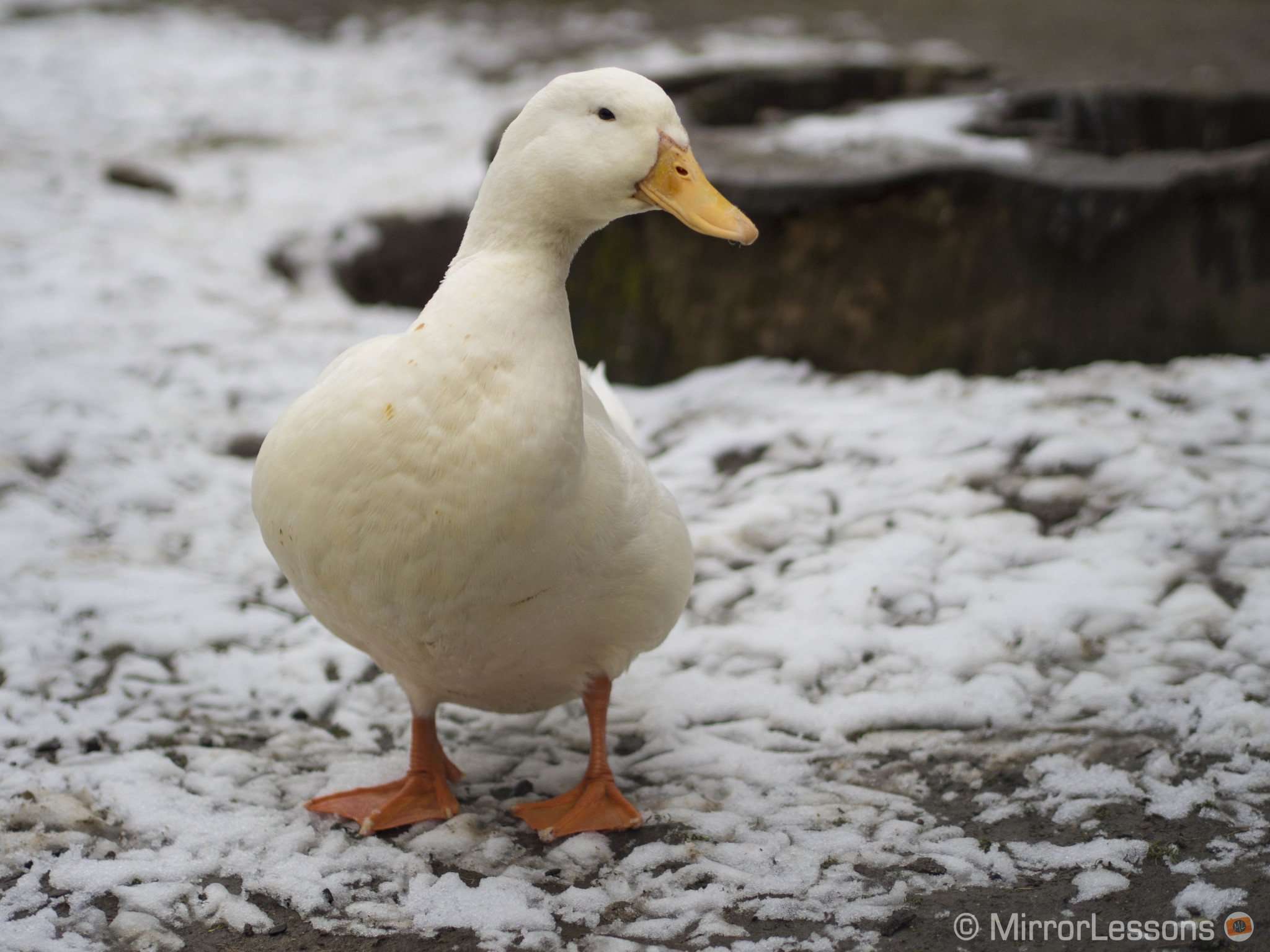
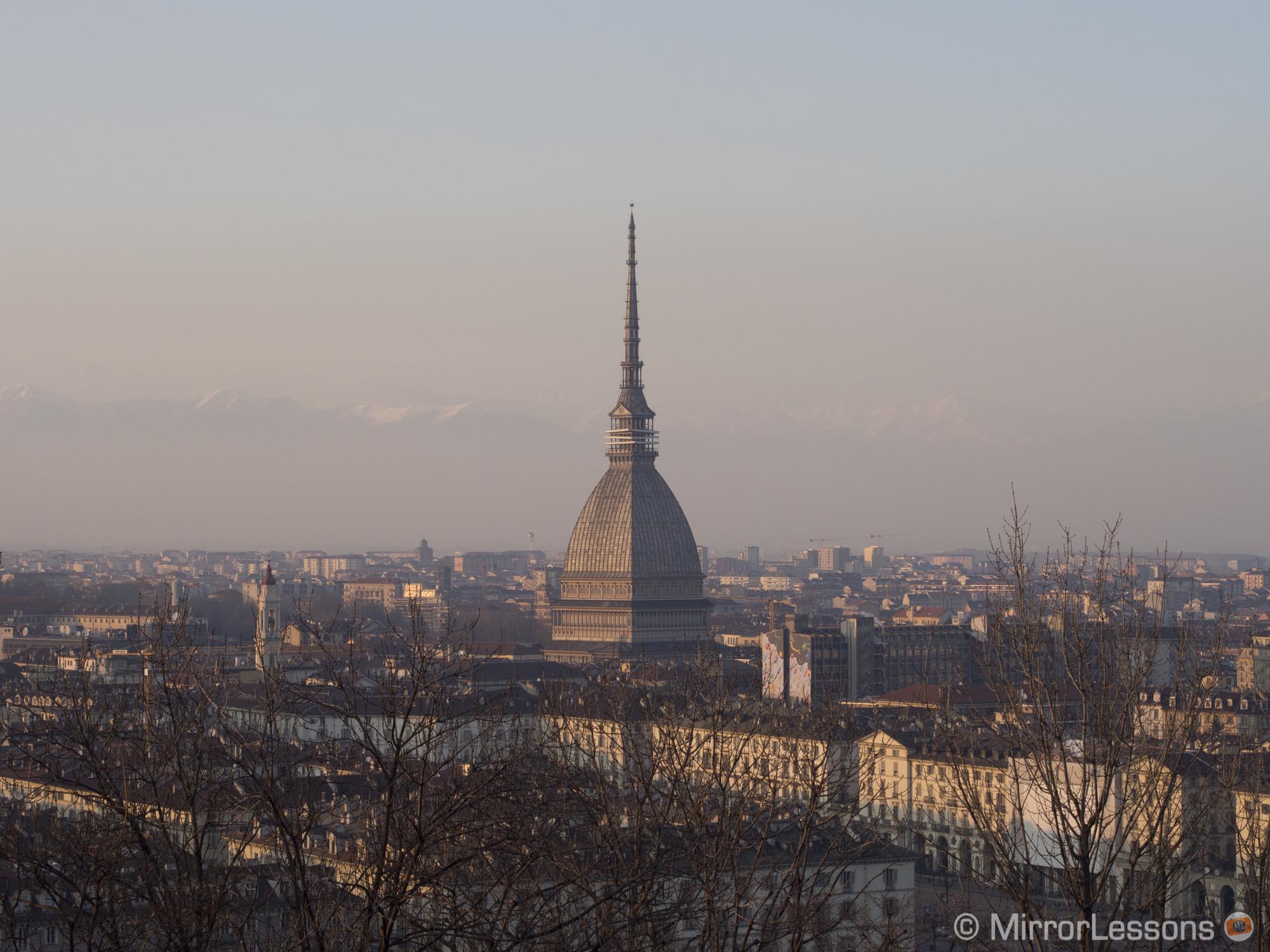
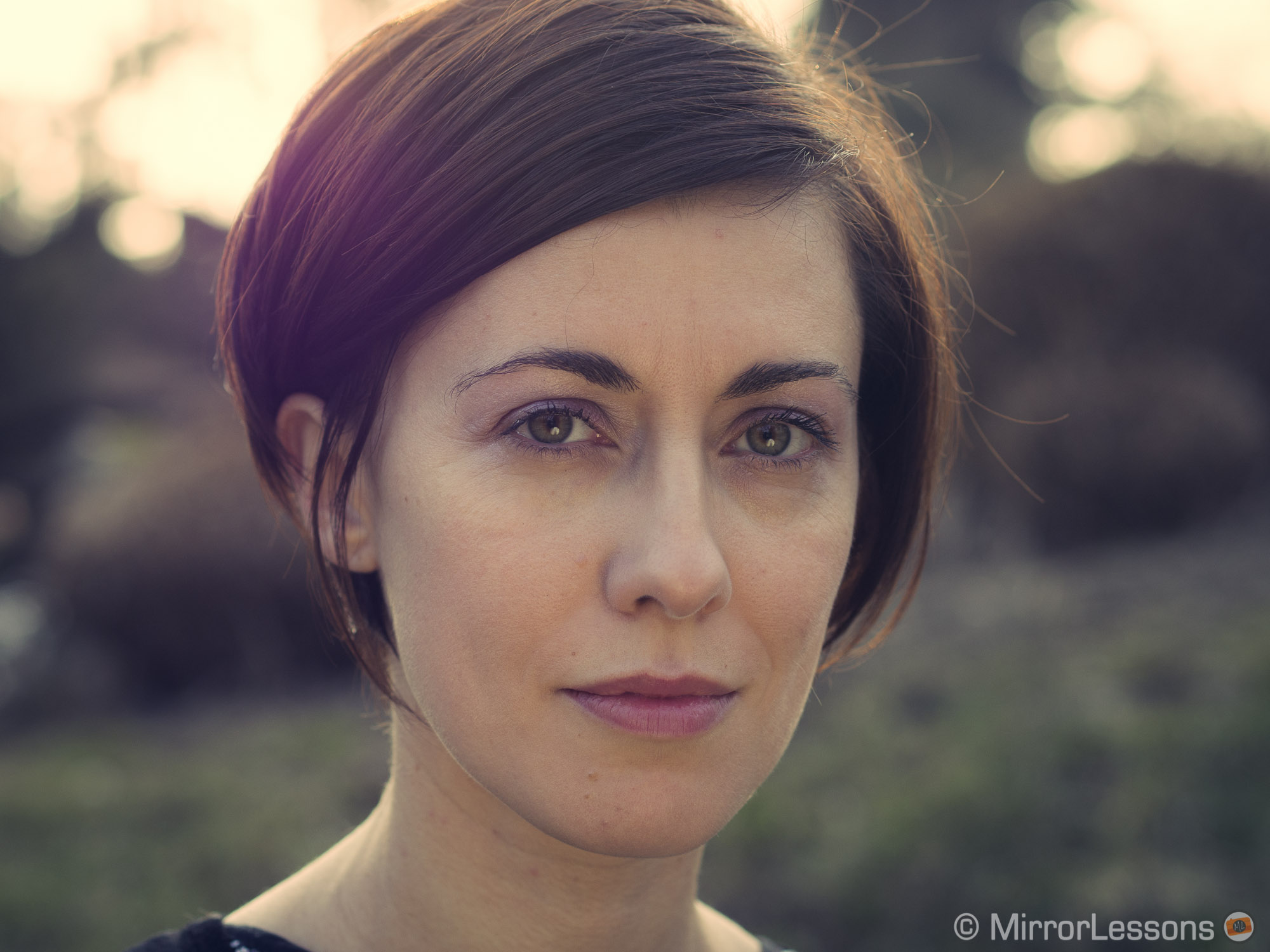
200
